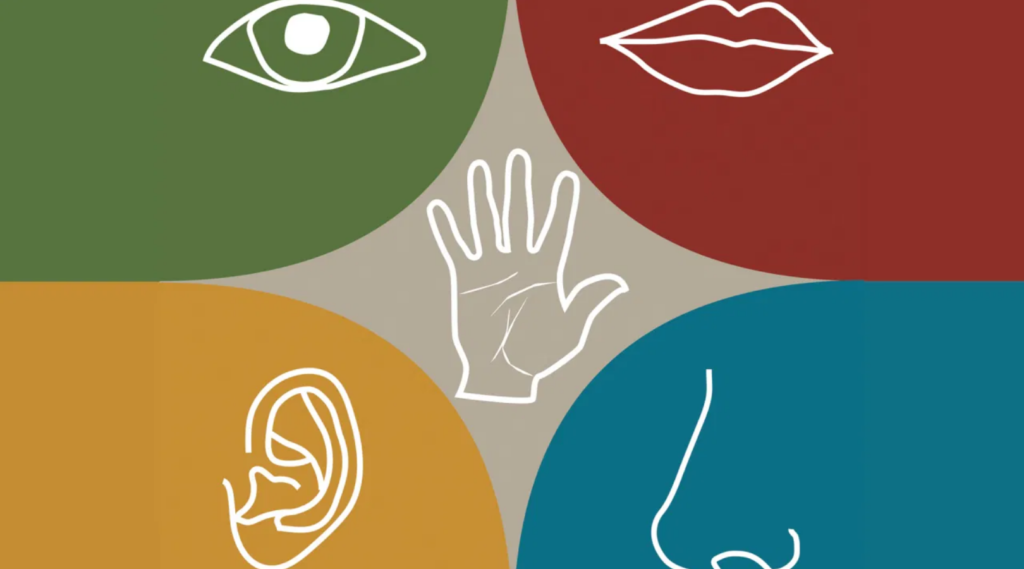Key principle: How do you gauge an audience’s ability to feel something like trust through sensory applications
Research Question:
Determine whether a television advertisement is driving the desired perception of trust within viewers.
Study Approach:
Creative / Ad Testing through EEG with supporting qualitative testing (survey) post viewing.
Background:
Establishing trust between you and your audience can be a tricky process. Perceptions are processed and formed almost instantly, but most importantly; they are formed at a subconscious level. This is why first impressions are so important.
So, how do you measure an ad’s ability to convey trustworthiness?
A financial institution in Germany leveraged neuromarketing methods to better understand whether their television advertisement was conveying the desired perception of trust.
Obviously, this element is extremely important as it’s one of the first things people think about before investing their savings.
Application
Through the use of neuroscience/neuromarketing testing methods, the Financial Institution carried out a comparative analysis to assess the performance of two variations of their creative – an upbeat version versus a classical version.
Using EEG, they were able to measure every second of the ad to determine whether they were emotionally engaging or memorable and ultimately determine whether viewing the TV Spot would drive future behaviour in consumers.
In addition to watching the ads, participants carried out a task based sequence of activities designed to assess how well the ad communicated key messages on a nonconscious level.
The goal was to gauge the influence of a change in music, from “upbeat” to “serious” and its impact on the ability of the ad to communicate trust in the brand.
Want to Learn More About Neuromarketing? Join Our Mailing List
The Results
It was revealed that the traditional music used drastically outperformed the modern music used in the other version of the ad.
The traditional music was better at helping viewers build an emotional connection with the ad. Additionally, the traditional music was better synchronized at key moments throughout the ad by building tension that peaked at particularly pivotal moments.
Most importantly, the music choice majorly influenced the ad’s ability to communicate trust. They found that classical music was more associated with ideas of “longevity and stability” compared to modern music which instigated ideas of “excitement and risk”.
Whether these results are due to years of social conditioning and association it’s unclear, however, what is clear is that being able to better understand how your audiences react and perceive your brand is integral in forming a long-lasting relationship.
This example demonstrates how with the use of neuroscience, you ensure that your ad is perceived as intended while reducing the risk associated with misinterpretation.
Key Takeaways:
- We Work Through Associations: Emotion is driven through associations, in this case, classical music associates more strongly with trust. What emotion are you seeking to trigger?
- Be In-Sync: When audio-visual elements are in-sync they enhance the overall perceptual experience, receive prioritised sensory integration & drive recognition & recall
- Build Tension or Suspense: Leverage the emotional impact of creating anticipatory response by priming or cueing consumers with elements like music, imagery etc.
If you are interested in applying neuromarketing to your business contact us here






